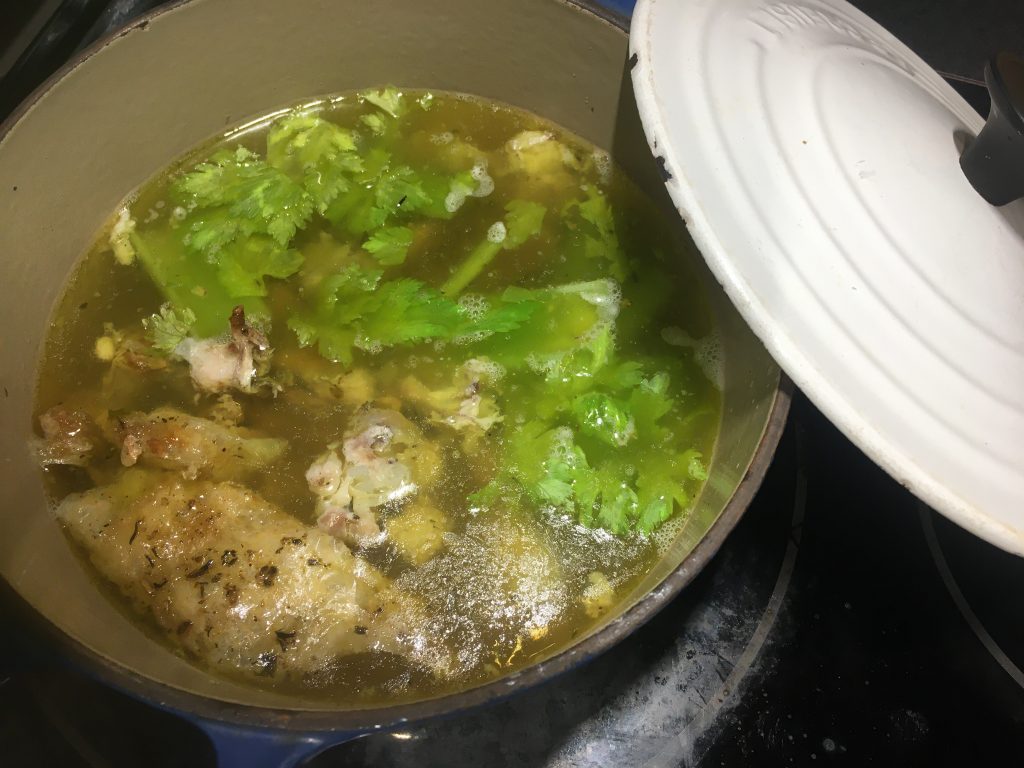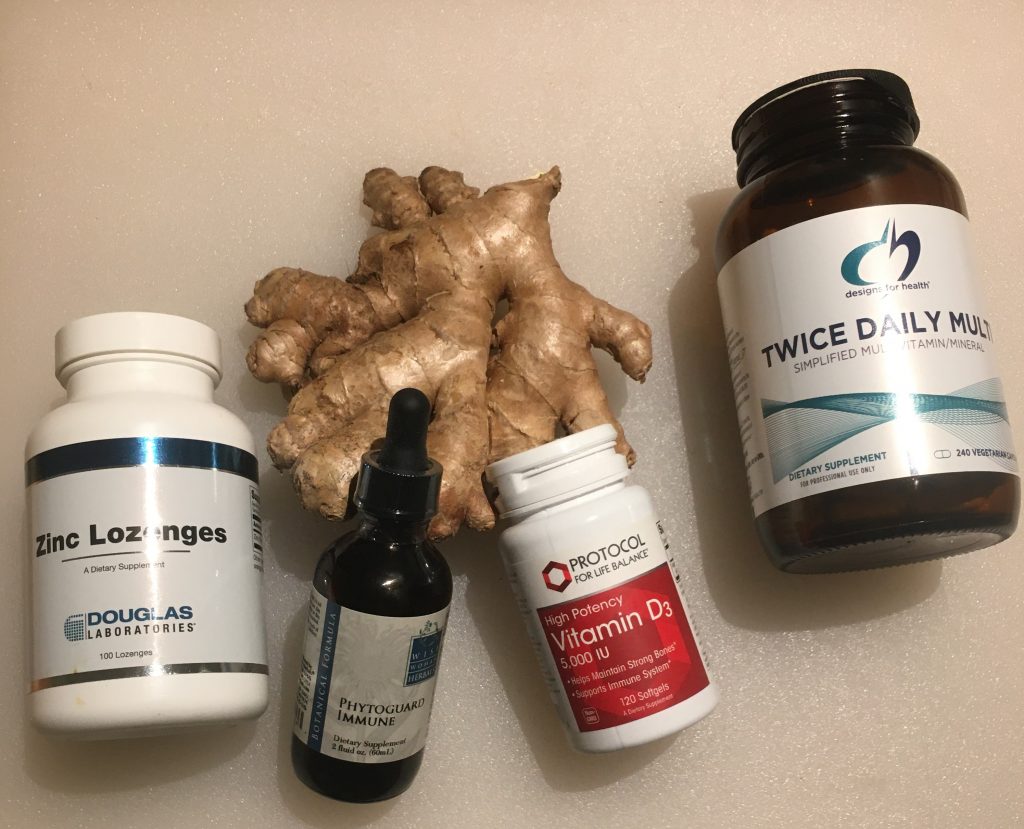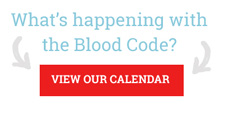What am I doing about the…virus? March 24th 2020
Hello everyone. I have received so many calls and emails in the past days and I think my response will help you.
First – I am following the CDC guidelines for hygiene and social distancing. My appointments last week this week and next week are by video conference. “Social distancing” is the catch phrase the sums up our goals here, and while this is coming at a time when we in Maine are already suffering cabin fever, the system works. Cancellations and lifestyle modifications as recommended help slow down the spread of disease allowing health care systems to best care for vulnerable patients over time. Will this economically and emotionally disruptive approach help “stop” the spread of the virus. No, but it can end it sooner and “flatten” the peak. How perfect do we need to be? Shoot for great and good enough will likely result. Lack of action and low levels of behavioral modification are wildly inadequate in every mathematical model.
Is this the flu? No, because if you contracted a variant of the flu a few years ago – you are carrying antibodies (a type of memory imprint within your immune system) that helps you fend off related influenza strains.
But this Coronavirus is, as you have heard…novel. We don’t carry an immunity of similar-type viruses. True, there was SARS in 2003, a coronavirus with similar symptoms. But while SARS (SARS-CoV) spread to two dozen countries outside Asia, all the cases were due to travel in parts of the world where SARS was spreading. SARS did not expand where it spread in the world like we see with CoVID-19, which seems adept at jumping between people.
These are not “scary times”, rather this is simply a new challenge for our global world. This is the first time in the modern Western World that social distancing and quarantines have elevated to such importance. Shocking to us, yes. But scary, no.
We must all do our part to prevent the spread and flatten the curve. Personally, my wife and youngest child returned from a couple flights a week ago, so they are still in a greater quarantine at home. I am the only one who has gone to stores for provisions. I have another daughter returning from a college closure and she too will stay out of public places for a couple weeks despite being symptom free. My mother is in her 80’s and while she lives independently and exercises daily, our collective efforts ride with a little more meaning. But let’s not simplify higher viral risk to an age conversation, we can all think of close friends who have recently come through organ transplants, finished chemotherapy or take steroids or other immune suppressive medications.
What will I do if I get sick?
There is no drug shown to work to kill the coronavirus, likewise there are no herbs or nutrients proven either. But with that said – we have proxy conditions that are similar. Not the same I know, but there are lessons from viruses, like the flu and Respiratory syncytial virus (RSV).
So, Here is what I am doing, right now, to help myself and my family mitigate the negative effects of a possible coronavirus infection…
Sleep should not be forgotten. 8 hours of rest is crucial to our healthiest immunity. I do take some magnesium nightly to help my muscles recover from the day’s activity, and it is proven to help sleep quality.
Exercise, is crazy important. Yes some of the beaches closed in Maine but that was because there were over 100 cars parked close together and too many people in one place. Get outside – or inside and exercise. Fill your lungs. The greatest risk for severe pneumonia is inactivity and lack of oxygenation into the upper lung lobes. Get yourself breathing heavily every day doing some exercise. There are so many 5-7 minute workouts that can do this.
I wrote more about that here:
Remember it can also be as simple as the 7 minute workout:
Multiple Vitamin-Mineral – I use the TWICE daily multiple by Designs for Health. This is a smart formula that contains the right balance of true vitamin A, B12, zinc, micro minerals, full B complex and 1000 iu of Vitamin D. The reason for this nutritional supplement is “insurance”.

Vitamin A, don’t be low in this one! This fat-soluble vitamin is only found in animals. And only in the animal fat (broth anyone?). So you guessed it, butter is best. Vitamin A exists in the form of retinol, retinal, and retinoic acid (RA), among which RA shows the most biological activity. If you want to geek out on the research you can start here: https://www.researchgate.net/publication/327494044_Role_of_Vitamin_A_in_the_Immune_System
I have spent many hours deep in vitamin A research and am duly impressed and a little ashamed of my days as a vegetarian thinking I could make all the vitamin A I needed from vegetable carotenes.
For butter, Get butter from cows that grazed on pasture grass for the added benefit of vitamin K2—You can find several labeled as such in stores.
Zinc, yeah I know. I mentioned this last time I wrote to you and now the world seems to be out of zinc lozenges. I only use them when I suspect exposure or have the first signs of a nasal or throat illness. If you have some…keep on hand and take at the FIRST sign of a sore throat or viral symptom.
Vitamin D! There is very compelling data showing that those with lower serum vitamin D levels had worse outcome to many infections including flu. But does that mean supplements will help? It depends upon the study you read. Some show benefit and some show none. Optimal blood levels can be maintained for most people with 1000 – 2000 iu of vitamin D supplementation daily. But there is one study out there that showed an average of about 3000 iu of vitamin D3 supplementation to best prevent infectious viruses.
Having read vitamin D research for the past fifteen years, I have taken this extra viral risk time to increase my vitamin D intake to 3000 iu per day—1000 in my multiple plus an extra 2000 per day separately. Higher doses are unnecessary for 99% of people.

FAVORITE HERB, would have to be FRESH ginger. I do like Echinacea too, but all the quality liquid forms of Echinacea are out of stock as well. And fresh ginger is available. The number of antimicrobial compounds in ginger root is staggering. In fact, there is research showing how one of these compounds prevents Respiratory syncytial virus (RSV) from adhering to the respiratory mucosa thereby shortening infection. https://www.ncbi.nlm.nih.gov/pubmed/23123794
Fear has no place in our lives right now. Respect the recommendation from our administrative public health institutions. Care for yourself and your family around you. and know that we will hug, dance and play more freely again, really we will.
My best to you, Dr. Richard Maurer



Comments are closed.